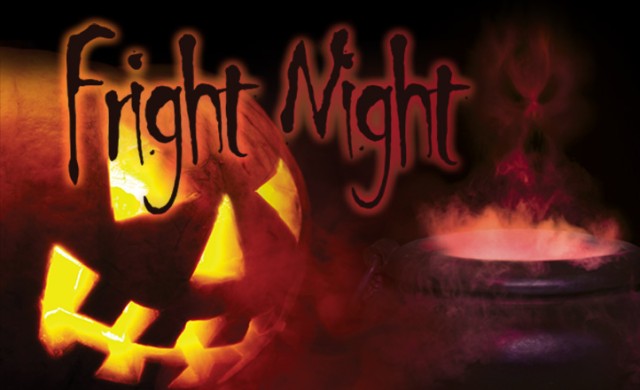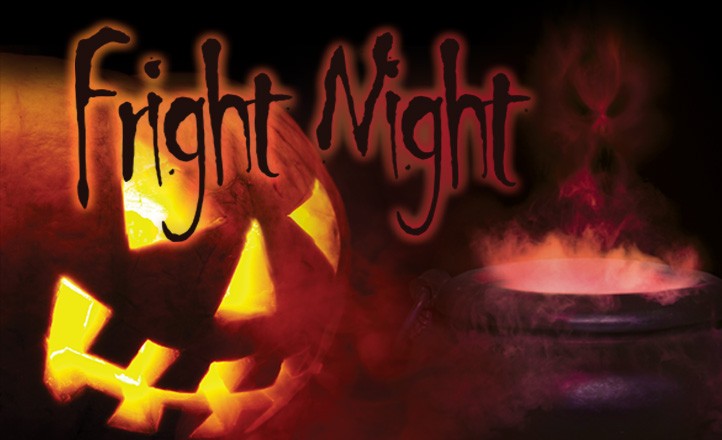Halloween is a time of fun and excitement for both children and parents. For the unprepared, though, it can have tragic consequences.
Halloween is a dangerous time of year for children. According to the Centers for Disease Control and Prevention, young pedestrian deaths were four times higher Halloween evening than any other night of the year. Fortunately, by implementing a few safety controls, parents can help mitigate many of the hazards children face while trick-or-treating.
Pedestrian Accidents
Halloween consistently ranks as one of the most deadly days of the year for pedestrians. Here are some control measures to help keep children safe:
Aca,!AcGive your child a flashlight to carry or attach a glow stick to their costume so they're more visible to motorists.
Aca,!AcRemind children to look both ways before crossing the street.
Aca,!AcWalk only on established sidewalks or stay as close as possible to the shoulder of the road. If children are walking in a group, walk single-file.
Aca,!AcLook both ways before crossing the street and only cross at corners. Do not hide or cross the street between parked cars.
Aca,!AcDon't allow children to skateboard, rollerblade or bicycle while trick-or-treating.
Aca,!AcRemind children not to assume the right of way. Drivers often have difficulty seeing trick-or-treaters.
Costumes
When purchasing a costume, look for the words "flame retardant" or "flame resistant." These costumes are more fire-safe. Adults should also keep the following safety tips in mind:
Aca,!AcMake sure the eye holes in your child's costume are wide enough to offer unobstructed vision. As an alternative, use face paint instead of a mask.
Aca,!AcEnsure the costume is light-colored and bright enough to be visible to motorists. If not, decorate the costume and/or treat bag with reflective tape.
Aca,!AcNever carry candles, torches or other open flames as part of a costume.
Aca,!AcCostumes should be short enough to prevent tripping.
Aca,!AcCostume accessories such as knives and swords should be made of flexible and soft material. Hats and scarves should be secured to the costume to prevent them from slipping over the child's eyes.
Aca,!AcChildren should wear walking or running shoes while trick-or-treating, and shoelaces should be kept tied.
Pumpkin Carving
Pumpkin carving is another fun Halloween tradition. However, sharp knives and other carving instruments can be deadly in the hands of inexperienced children. It may be easier and safer for the parent or an older child to carve and let younger children scoop out the pumpkin's "guts." If you feel your child is not ready to help carve a pumpkin, consider decorating it with markers, paint or stickers instead.
Abductions
Every year, kidnappers take advantage of Halloween to do the unthinkable. To keep your children safe from abduction, follow these guidelines:
Aca,!AcAvoid trick-or-treating alone; walk in groups or with a trusted adult.
Aca,!AcOnly go to homes where you know the residents or the resident has their outside lights on.
Aca,!AcDo not allow children to get into cars or talk with strangers.
Aca,!AcSecurely place emergency identification information (name, address, phone number) on the child's costume or on a bracelet.
Aca,!AcTeach your child to make a scene if anyone tries to grab him. Tell him to loudly yell, "This person is not my father/mother!" and make every effort to get away by kicking, screaming, biting and resisting.
Aca,!AcFor older children, be sure to agree on a specific area they will be going and a time when they will return home. Provide them with a cell phone or a handheld radio they can use in an emergency.
Treat Inspection
It is also important to inspect your children's treats after they've finished trick-or-treating. Some businesses even offer free X-ray analyses of candy, which will show any foreign objects embedded in the treats. To be on the safe side, only allow your children to eat factory-wrapped treats. Immediately discard any treats that look suspicious and avoid eating homemade goodies unless you know the cook well. It's also a good idea to feed your child before trick-or-treating so they are less tempted to eat any candy before you can inspect it.
Unfortunately, there's no real "trick" to making Halloween a "treat" for your children. But by putting safety first, you'll help ensure it's a night filled with fun, not regret.
DID YOU KNOW'
Children aren't the only ones who need to be especially vigilant on Halloween. According to Safe Kids USA, drivers should:
Aca,!AcSlow down in residential neighborhoods and school zones. Remember that popular trick-or-treating hours are during the typical rush-hour period of 5:30 to 9:30 p.m.
Aca,!AcBe especially alert and take extra time to look for kids at intersections, on medians and on curbs. Children are excited on Halloween and may move in unpredictable ways.
Aca,!AcSlowly and carefully enter and exit driveways and alleys.
Aca,!AcReduce any distractions inside your car, such as talking on the phone or eating, so you can concentrate on the road and your surroundings.


Social Sharing